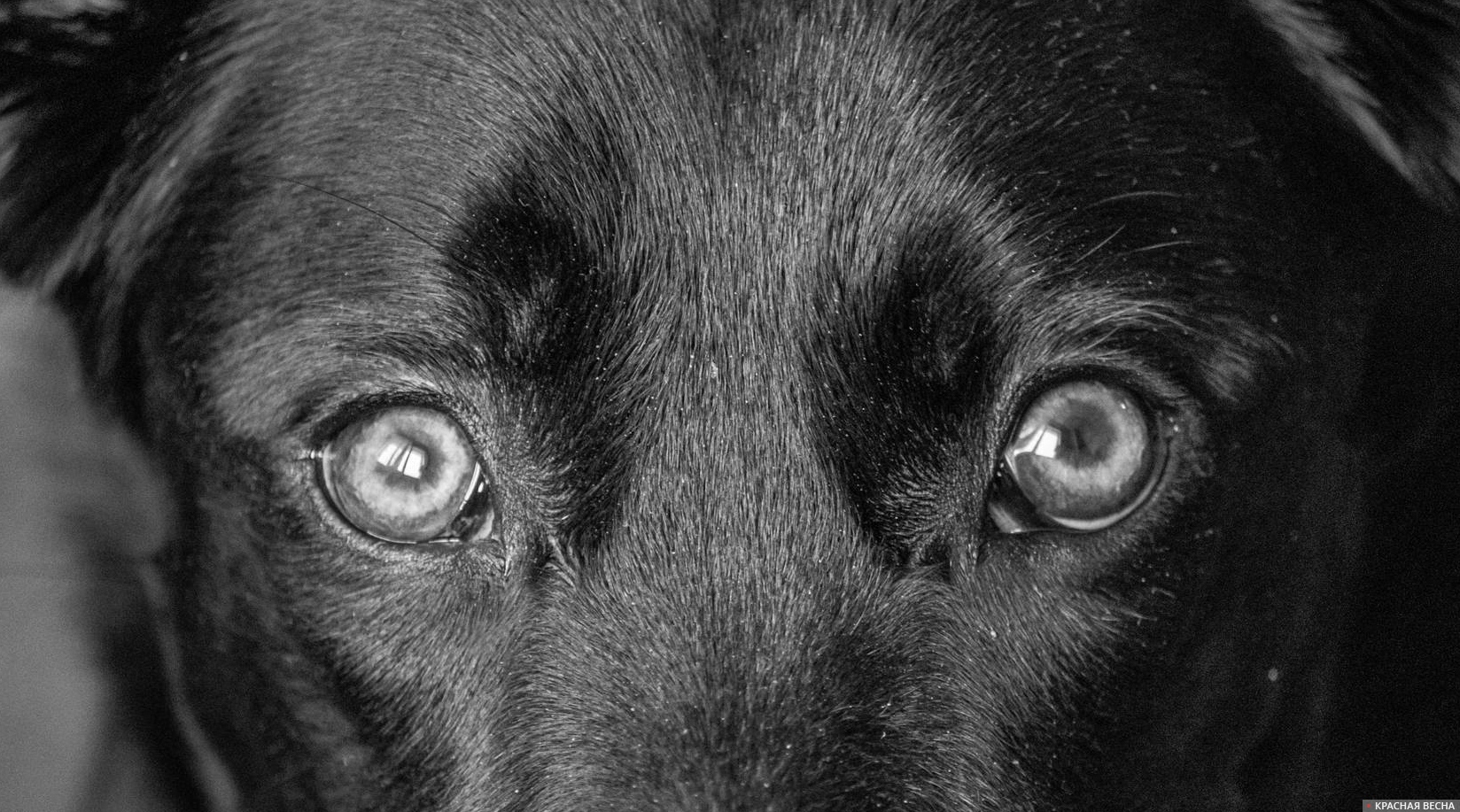
Dogs were widely used in ancient China in funeral rituals and sometimes in other rituals as well, scientists from the Institute of Archaeology and Ethnography (IAET) of the SB RAS have found out, the SB RAS publication “Science in Siberia” reported on July 4.
Research conducted by Novosibirsk archaeologists proves the important role this animal played in the mythological worldview of the bearers of various cultures that existed in ancient times on the territory of modern China.
The article on the results of this study, “The Ritual Use of Dogs in Neolithic Cultures of China,” was published in the international collective monograph Dogs, Past and Present: An Interdisciplinary Perspective, published by Archaeopress.
In their study of the role of the dog for Neolithic and Bronze Age people living in what is now China, archaeologists studied the reports of Chinese archaeologists and also drew on the myths and folklore of the peoples of China.
And although it is impossible to know for sure how dogs were used in the economic activities of the ancestors of the Chinese, it is known for certain that they were used for food, as archaeologists found traces of slaughtered carcasses on dog bones found during excavations.
Hunting dogs, shepherd dogs and guard dogs are also believed to have existed at that time. This is indirectly evidenced by cave paintings of dogs in hunting and herding scenes and by mentions in folklore of ploughing with dogs.
However, the use of these animals in rites and rituals by archaeologists has been well studied, as numerous evidences have been found: dog burials have been discovered in human graves throughout almost the entire territory of modern China.
Scientists suggest that these animals were sacrificed because the inhabitants of ancient China considered the dog to be a guide between the world of the dead and the world of the living, as well as a symbol of fidelity and protection, a mediator between various spheres of existence and a link to otherworldly phenomena.
IAET SB RAS researcher, candidate of historical sciences Maria Kudinova explained:
“In the ancient worldview, the dog is an animal, but at the same time an animal included in human life, which follows a collective of people and, together with them, faces the natural world.”.
The burial of dogs with their owners could therefore be based on people’s ideas of the time about this animal as a friend and protector, and as a creature associated with the afterlife.
Similar rituals and corresponding mythological ideas existed among the nomadic neighbors of the ancient Chinese: Wusun, Wuhuan and Xianbei, and among the then inhabitants of southern Siberia.
Over time, the funeral rite evolved and in later times clay copies of them began to be placed in tombs instead of real animals, probably in the belief that in the afterlife they would turn into real animals.
The reports of Chinese archaeologists, on which the IAET SB RAS scientists relied, represent the results of systematic excavations carried out since the early 1920s, but it is only relatively recently that the study of the ritual significance of the dog in ancient cultures has begun.
“During their systematic field investigations, Chinese archaeologists find buried dog bones, describe them, identify them and publish information in the form of reports. We work with already published materials.” – said Maria Kudinova.
Researchers note that ideas about the dog as a magical protector persist in modern China. Thus, in the south of modern China, in Guangdong and Guangxi, the tradition of installing stone sculptures of dogs is still preserved, and seeing one is a good sign, as they are considered guardians of evil forces. Therefore, they are installed in the most important places, such as road junctions, cemeteries and at the entrances to temples.
Source: Rossa Primavera
I am Michael Melvin, an experienced news writer with a passion for uncovering stories and bringing them to the public. I have been working in the news industry for over five years now, and my work has been published on multiple websites. As an author at 24 News Reporters, I cover world section of current events stories that are both informative and captivating to read.
